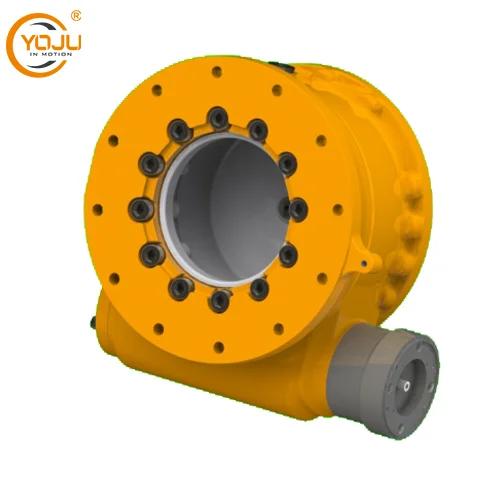Graphite, a crystalline form of carbon, is often overshadowed by its more glamorous counterparts like diamonds and metals. However, its properties are nothing short of extraordinary. From its unique electrical and thermal characteristics to its remarkable chemical stability, graphite exhibits a range of magical properties that set it apart from other materials. This article delves into these fascinating attributes, exploring how they make graphite a versatile and indispensable material across various industries.
- Graphite’s Unique Crystal Structure Layered Hexagonal Lattice
At the heart of graphite’s exceptional properties is its unique crystal structure. Graphite consists of layers of carbon atoms arranged in a planar hexagonal lattice. Each layer is composed of carbon atoms bonded together through strong sp² hybridized bonds, forming a two-dimensional honeycomb pattern. These layers are held together by weak van der Waals forces, which allow them to slide past one another easily. This layered structure imparts graphite with several key attributes:
- Lubricating Properties: The weak interlayer forces enable graphite to act as an effective dry lubricant. This property is leveraged in various applications where traditional lubricants might fail or be unsuitable.
- Cleavage and Machinability: The ease with which the layers can slide allows graphite to be easily cleaved and machined into fine powders or intricate shapes.
- Electrical Conductivity Anisotropic Conduction
Graphite exhibits remarkable electrical conductivity, but unlike metals, its conduction is highly anisotropic. This means that the material conducts electricity much better within the planes of the layers than perpendicular to them. This anisotropic conduction arises from the presence of delocalized π-electrons in the carbon layers, which can move freely along the plane. Key aspects include:
- High In-Plane Conductivity: Graphite’s ability to conduct electricity efficiently along the layers makes it invaluable in applications such as electrodes for batteries and fuel cells, as well as in conductive inks and composites.
- Potential in Electronics: Graphite's electrical properties are being explored for applications in advanced electronic devices, including flexible and wearable electronics.
- Thermal Conductivity Exceptional Heat Dissipation
Graphite’s thermal conductivity is another one of its magical properties. Due to the strong bonding within the layers and the free movement of electrons, graphite is an excellent conductor of heat. This property is particularly valuable in applications requiring effective heat dissipation:
- Thermal Management: Graphite is used in high-performance thermal management materials for electronics, where efficient heat dissipation is crucial to maintaining device reliability and performance.
- High-Temperature Applications: Its stability and high thermal conductivity make graphite suitable for use in high-temperature environments, such as in refractory materials and crucibles.
- Chemical Stability and Reactivity Corrosion Resistance
Graphite's chemical stability is a standout feature that sets it apart from many other materials. It is highly resistant to oxidation and does not react with most acids and bases. This makes graphite an ideal material for use in harsh chemical environments:
- Acid and Base Resistance: Graphite’s resistance to chemical attack is exploited in applications such as chemical reactors and corrosion-resistant coatings.
- High-Temperature Stability: At elevated temperatures, graphite remains stable and retains its structural integrity, unlike many metals that can oxidize or degrade.
- Mechanical Properties Strength and Elasticity
Despite its softness, graphite exhibits unique mechanical properties that are harnessed in various applications:
- Strength and Flexibility: The strength of graphite lies in the strong covalent bonds within the layers, while its flexibility is due to the weak interlayer forces. This combination allows graphite to be used in composite materials where high strength-to-weight ratios are essential.
- Durability: In applications such as brake linings and seals, graphite’s combination of durability and self-lubricating properties ensures longevity and performance.
- Applications in Advanced Technologies Innovative Uses
Graphite's unique properties make it a material of choice in several cutting-edge technologies:
- Energy Storage: In lithium-ion batteries, graphite serves as the anode material due to its ability to intercalate lithium ions, enhancing battery performance and lifespan.
- Nanotechnology: Graphite’s allotrope, graphene, has garnered significant attention for its exceptional electrical, thermal, and mechanical properties. Research into graphene opens possibilities for revolutionary advancements in materials science and nanotechnology. Conclusion
Graphite is far more than just a simple form of carbon. Its array of “magical” properties, including its unique crystal structure, exceptional electrical and thermal conductivity, chemical stability, and versatile mechanical characteristics, make it an indispensable material in various industrial and technological applications. As research and development continue to uncover new uses and applications for graphite, its role in advancing technology and enhancing material performance is likely to expand, proving that this seemingly mundane material holds a world of possibilities.







+ There are no comments
Add yours